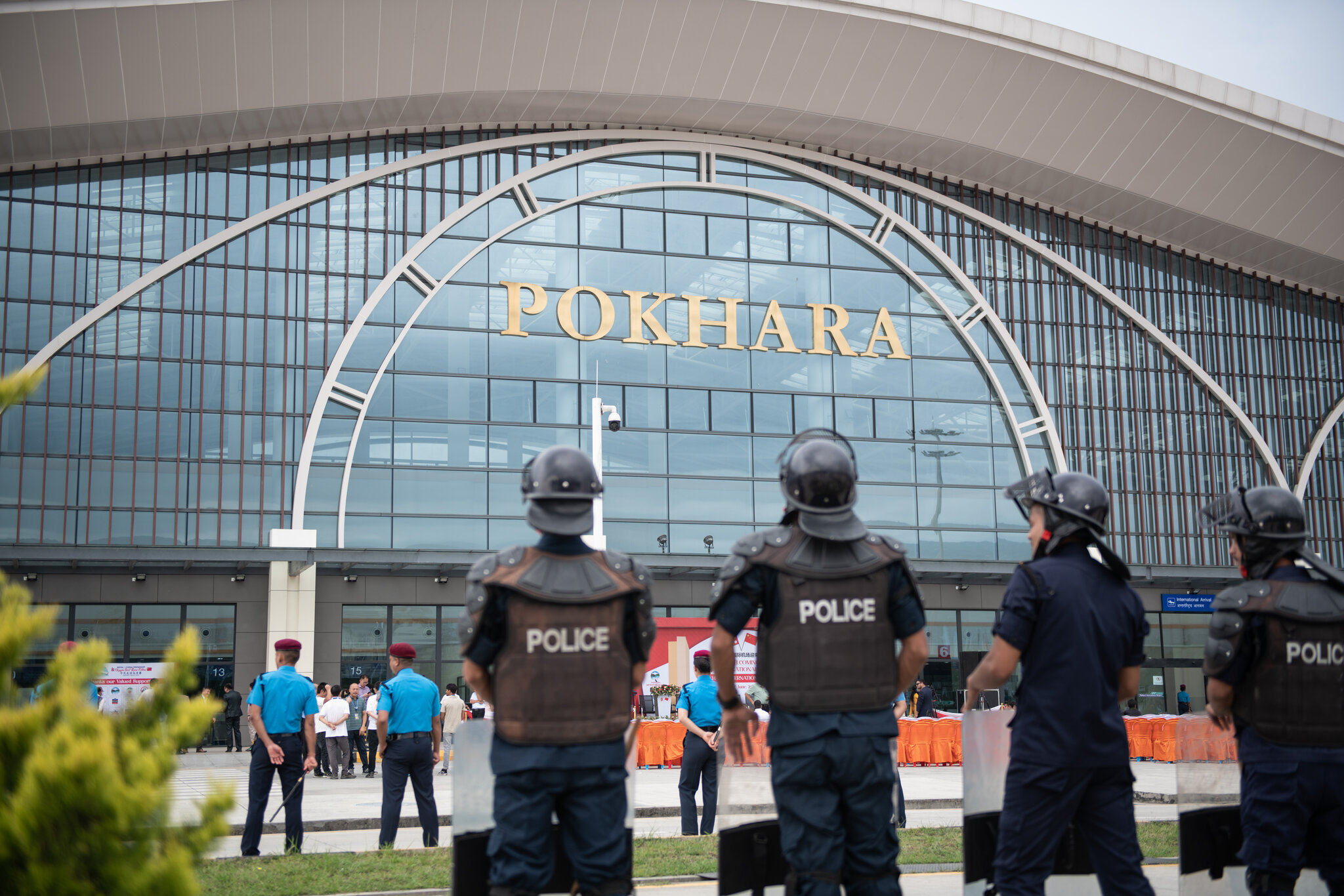The ongoing conflict in Ukraine has taken a heavy toll on the country’s economy, with one of the hardest-hit industries being steel production. Ukraine is one of the world’s largest steel producers, but the war with Russia has disrupted supply chains, damaged infrastructure, and caused a sharp decline in production.
The steel industry is critical to Ukraine’s economy, accounting for around 25% of its exports and providing jobs for hundreds of thousands of people. However, since the conflict began in 2014, the industry has faced a series of challenges that have hampered its ability to operate at full capacity.
One major issue has been the disruption of supply chains. Ukraine’s steel mills rely heavily on imported raw materials, such as coal and iron ore, but the conflict has made it difficult to transport these goods across the front lines. In addition, some of the key transport routes have been damaged or destroyed by fighting, further complicating the logistics of getting raw materials to the mills.
The conflict has also taken a toll on the infrastructure of Ukraine’s steel industry. Many of the country’s mills are located in the east, where the fighting has been heaviest, and have suffered damage from shelling and other forms of attack. This has not only caused production to decline but also raised safety concerns for workers and the surrounding communities.
Furthermore, the war has led to a decline in investment in Ukraine’s steel industry. Investors are wary of putting money into a country that is in the midst of a conflict, and the uncertainty around the outcome of the war has only made matters worse. This lack of investment has made it difficult for mills to modernize and improve their operations, which in turn has hurt their competitiveness in the global market.
The toll of the conflict on Ukraine’s steel industry has been significant, but there are some signs of hope. The ceasefire agreement signed in 2015 has held, albeit with occasional violations, and the fighting has decreased in intensity. Some mills have managed to adapt to the new conditions, such as by sourcing raw materials from different suppliers or by improving efficiency to make up for reduced production.
However, the future of Ukraine’s steel industry remains uncertain. As long as the conflict continues, the industry will face significant challenges. It is essential that the government and international community work together to find a peaceful solution to the conflict and support the country’s efforts to rebuild its economy, including its vital steel industry.









